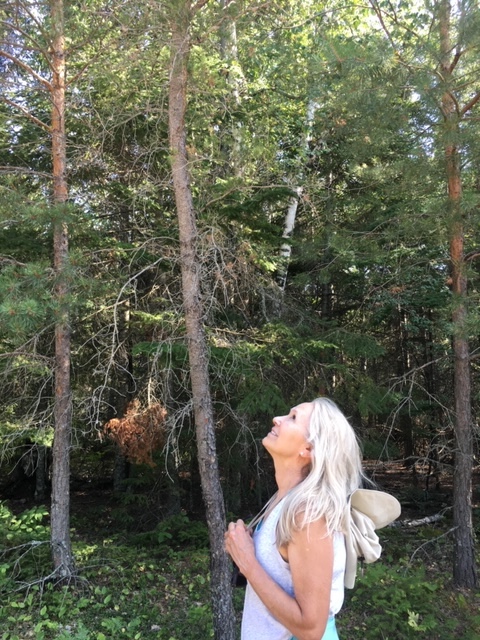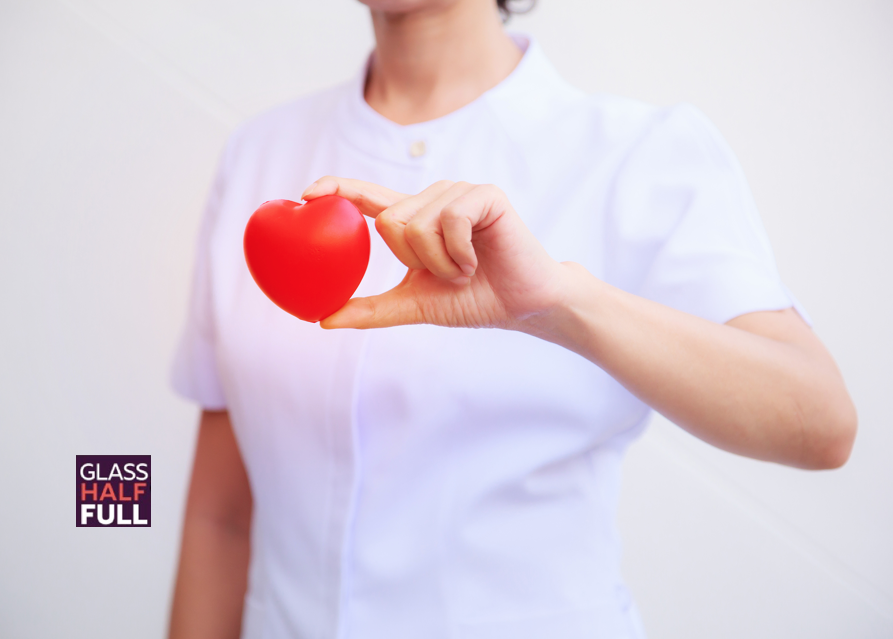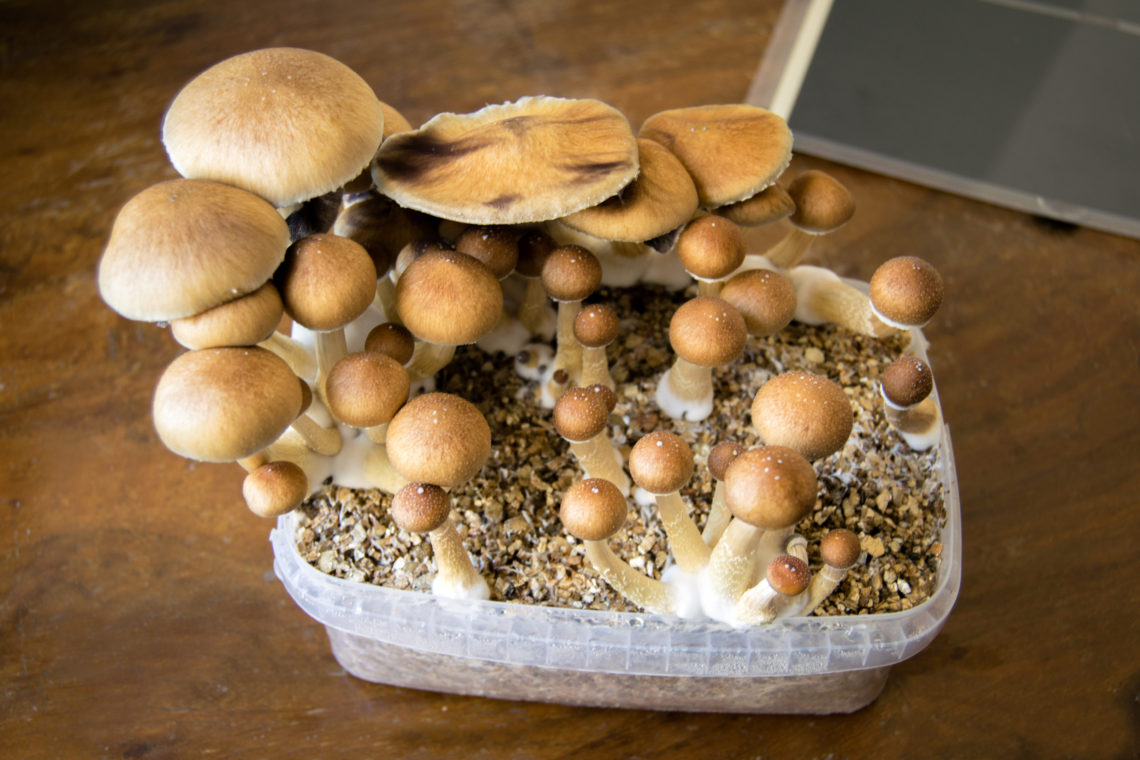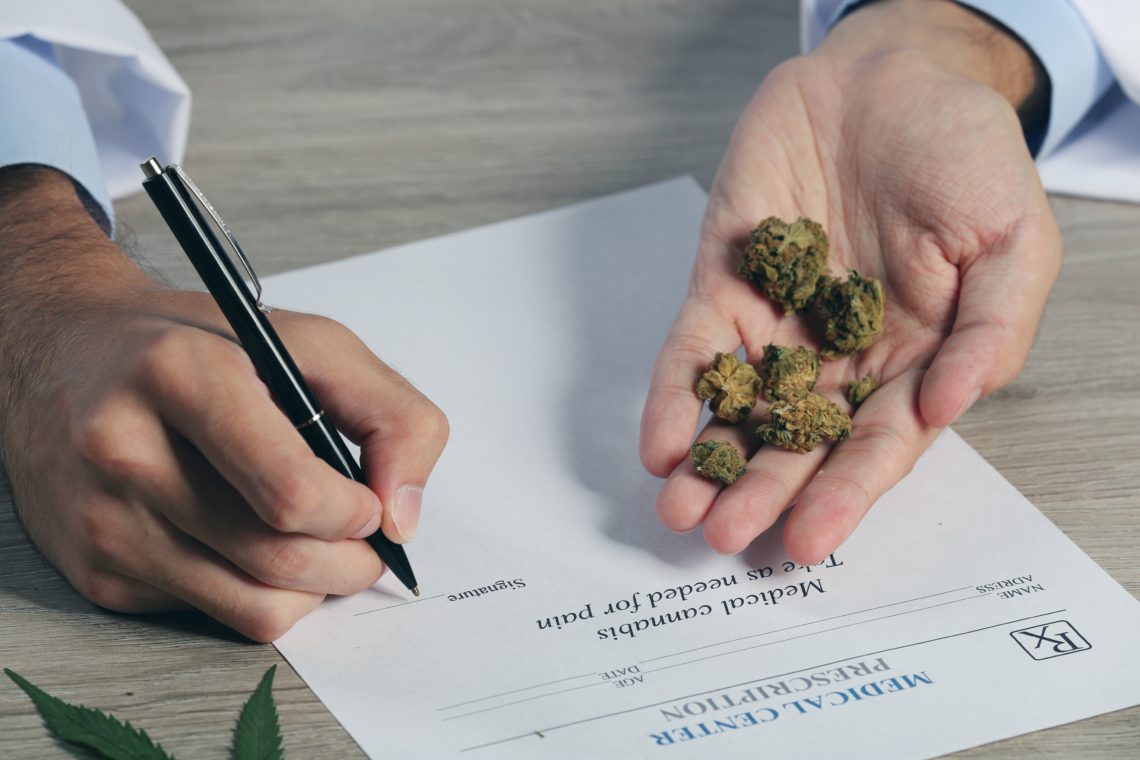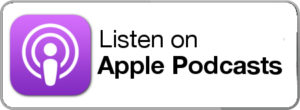Self-Care, or radical Self-Care, is the theme for the 5-year anniversary of the Glass Half Full podcast. This short episode features my brand of self-care — daily routines that are my sustenance, not just an…
Believe it or not, this episode has nothing to do with the recent U.S. election. We’re celebrating the 100th podcast episode of the Glass Half Full. But feel free to celebrate our right to vote…
This month we have both Earth Day and Arbor Day so it’s high time to be amongst the trees. Even if you are hunkered down in the safety of your home during the pandemic, you…
A retired nurse, physical and yoga therapist, and mental health professional offer strategies for coping with uncertainty, anxiety, and all those other emotions caught up in this season of the pandemic. Verla Fortier, author of…
Registered Nurse and proud septuagenarian, Barbara Blaser, was the guest speaker at my Northern California myotonic dystrophy support group. With her healthcare background and deep knowledge of medicinal herbs, she spoke about the use of…
Autoimmune Illness: A Physician’s Journey
- September 19, 2019
- Tagged as: autoimmune condition, celiac disease, chronic fatigue syndrome, dysautonomia, fatigue, functional medicine, Gastroenteritis, Hashimoto thyroiditis, healing, hypothyroid, inflammation, integrative medicine, intuition, meditation, mononucleosis, post-paartum thyroiditis, qigong, stealth infection, stress, Thyroiditis
Imagine if your physician not only understood your invisible chronic illness but also had experience healing her own autoimmune illness. That physician could be Cynthia Li. Dr. Cynthia Li talks about her book, Brave New…
We’ve got Jill Nussinow, R.D., The Veggie Queen, sharing tips about nutritious and medicinal mushrooms as well as Adam Strauss, creator of The Mushroom Cure, talking about his years of treating anxiety and OCD which…
In this third of a series podcast episode, Valerie Sans shares how her cancer experience had a dramatic impact on her life. After surgery and chemo treatment, she left a career of teaching to co-found…
Do It Yourself: Cannabis
- January 18, 2019
- Tagged as: cannabis, Do It Yourself, self-care, sleep
Need help with sleep? David — resident DIY expert — explains how to decarb, squish, and infuse cannabis. Unfamiliar with these terms? No worries. These terms, and more, are explained for the novice. Podcast episode,…
In the continuing series, Food=Medicine, Cooking with Love explores different interpretations of how love can be a vital element in the food we eat. Whether it’s part of the mission of a local organic farm,…


